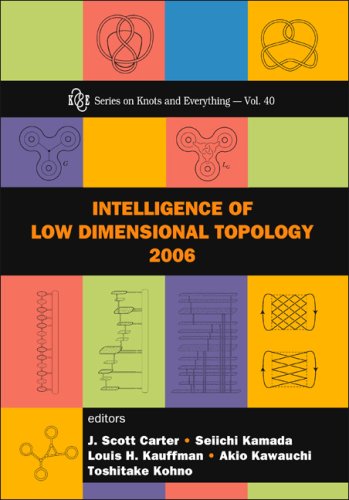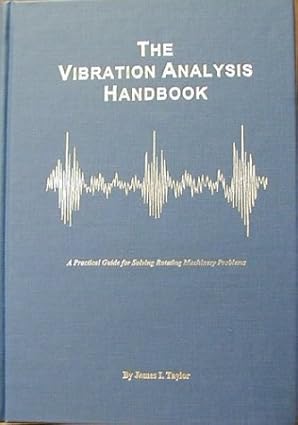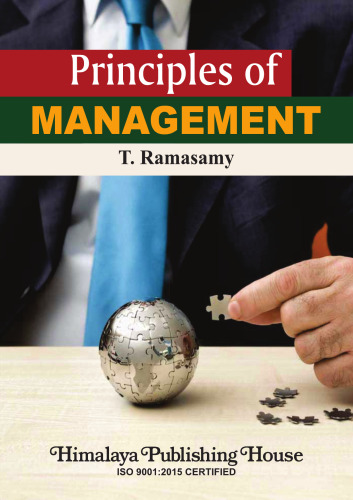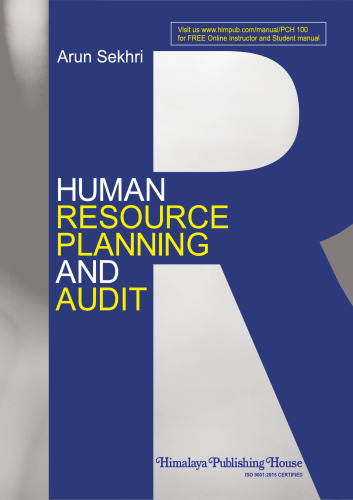دانلود کتاب Intelligence of low dimensional topology 2006: Hiroshima, Japan, 22-26 July 2006 - Original PDF
Author:
J. Scott Carter, Seiichi Kamada, Louis H. Kauffman, Akio Kawauchi, Toshitake Kohno
0 (0)
توضیحات کتاب :
This volume gathers the contributions from the international conference "Intelligence of Low Dimensional Topology 2006," which took place in Hiroshima in 2006. The aim of this volume is to promote research in low dimensional topology with the focus on knot theory and related topics. The papers include comprehensive reviews and some latest results.
سرچ در وردکت | سرچ در گودریدز | سرچ در اب بوکز | سرچ در آمازون | سرچ در گوگل بوک
1,147 بازدید 0 خرید



![Our mission to the court of Marocco [Morocco] in 1880, under Sir John Drummond Hay - pdf Our mission to the court of Marocco [Morocco] in 1880, under Sir John Drummond Hay - pdf](https://dl.libsan.ir/images/1/12/112108724_694b9e9769312.jpg)






